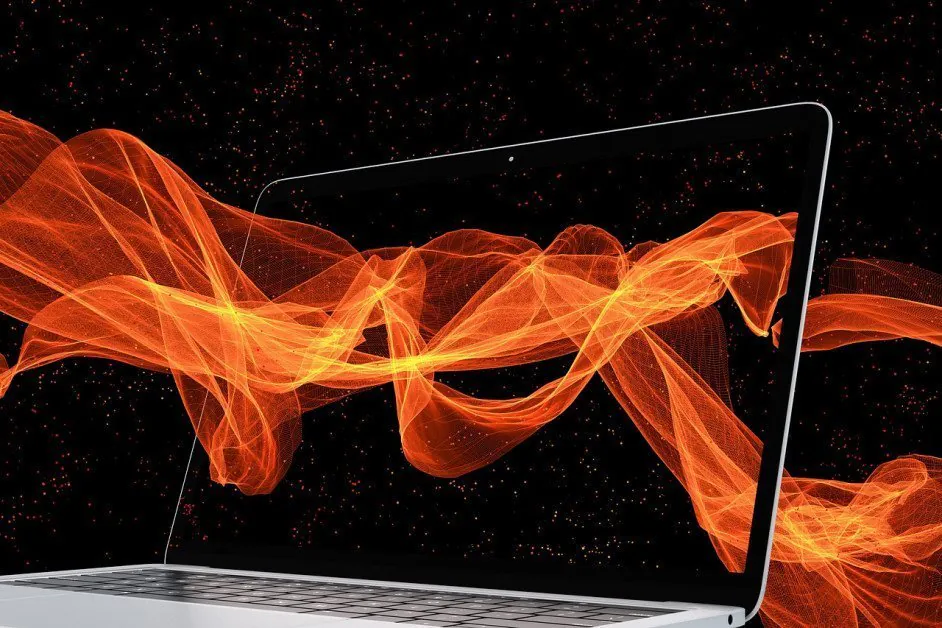Quantum Computing
Quantum Computing One Step Closer to Real-World Applications

While the quantum computing market is projected to reach $65 billion by 2030, there are still many hurdles before it enters real-world implementation. With that said, quantum computing has the potential to solve many of our most complex problems. Research teams at universities and private institutions all around the world are working hard to make this a reality.
One of these teams is being led by Xu Yi, assistant professor of electrical and computer engineering at the University of Virginia School of Engineering and Applied Science.
His team has created a niche in the physics and applications of photonic devices, which are used to detect and shape light for applications like communications and computing. The team has developed a scalable quantum computing platform that drastically reduces the number of devices required to achieve quantum speed, and it was able to take place on a photonic chip the size of a penny.
The team also included Olivier Pfister, professor of quantum optics and quantum information at UVA, and Hansuek Lee, assistant professor at the Korean Advanced Institute of Science and Technology.
The research was published in Nature Communications.
It was also supported by Zijiao Yang, Ph.D student in physics, and Mandana Jahanbozorgi, a Ph.D. student of electrical and computer engineering. The two are the paper’s co-first authors.
Quantum Computing and Processing Information
Quantum computing opens up a new way of processing information, and it enables your desktop or laptop computer to process information in long strings of bits. A bit holds either a zero or one value, and quantum computers process information in parallel, meaning they are not required to wait for one sequence of information to be processed before moving on to more. A qubit is the fundamental building block of quantum computing, and it is a unit of information that can be one and zero at the same time. A quantum mode, on the other hand, spans the full spectrum of variables between one and zero.
Researchers are now working on different approaches to efficiently produce large numbers of qumodes needed to achieve quantum speeds.
The new photonics-based approach developed by Yi is especially useful since a field of light is also full spectrum. This means each light wave in the spectrum has the potential to become a quantum unit. Yi hypothesized that the light would achieve a quantum state if the fields of light were entangled.
Creating the System
Yi’s team created a quantum source in an optical microresonator, which is a ring-shaped, millimeter-sized structure that envelopes the photons before generating a microscope, a device that converts photons from single to multiple wavelengths. Light circulates around the ring and builds up optical power, which then enhances chances for photons to interact. This in turn produces quantum entanglement between fields of light in the microcomb.
Yi’s team used multiplexing to verify the generation of 40 qumodes from a single microresonator on a chip, and they demonstrated that multiplexing of quantum modes can work in integrated photonic platforms.
“We estimate that when we optimize the system, we can generate thousands of qumodes from a single device,” Yi said.
Through Yi’s multiplexing technique, we are getting closer to using quantum computing through real-world conditions, where there are unavoidable errors. These errors are due to quantum states and their fragile nature.
The number of errors could require over one million qubits to compensate for them, and there is a proportionate increase in the number of devices. Multiplexing reduces this number of devices by two or three orders of magnitude.
There are two more advantages to Yi’s photonics-based system. First, because the photon has no mass, quantum computers with photonic integrated chips can run or sleep at room temperature. Lee also fabricated the microresonator on a silicon chip using standard lithography techniques. This means the resonator or quantum source could be mass-produced.
“We are proud to push the frontiers of engineering in quantum computing and accelerate the transition from bulk optics to integrated photonics,” Yi said. “We will continue to explore ways to integrate devices and circuits in a photonics-based quantum computing platform and optimize its performance.”














